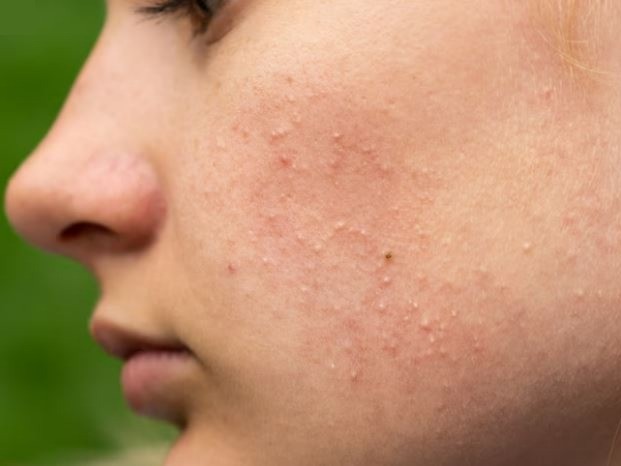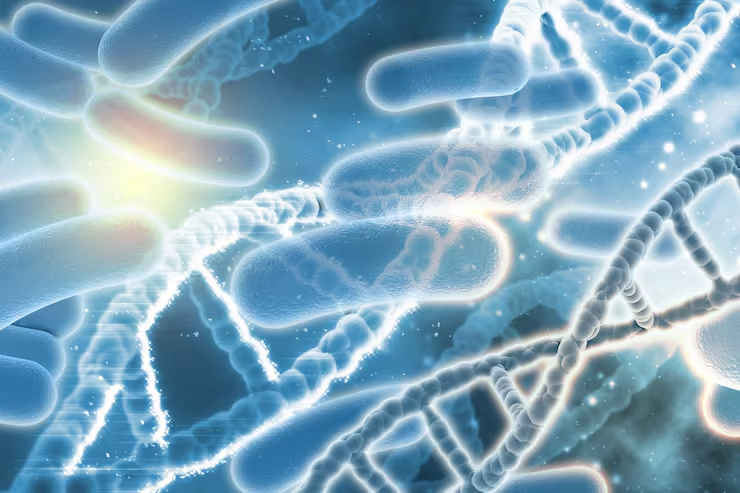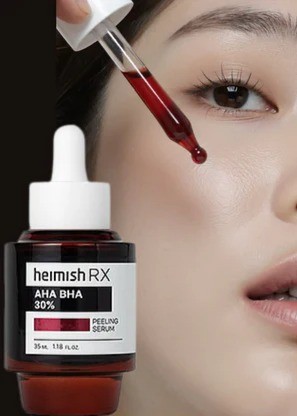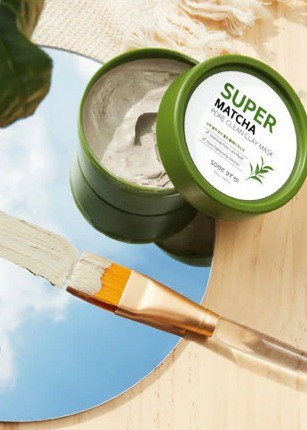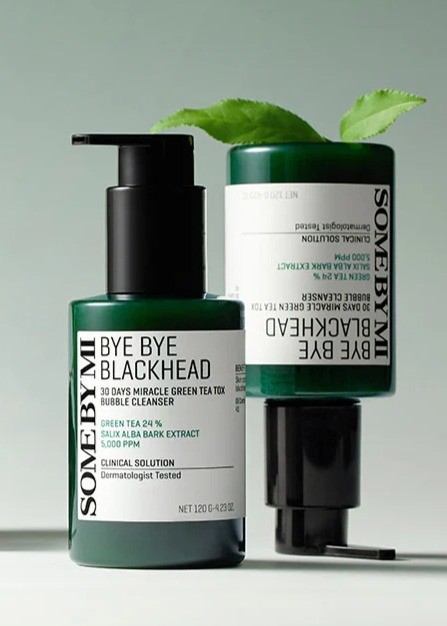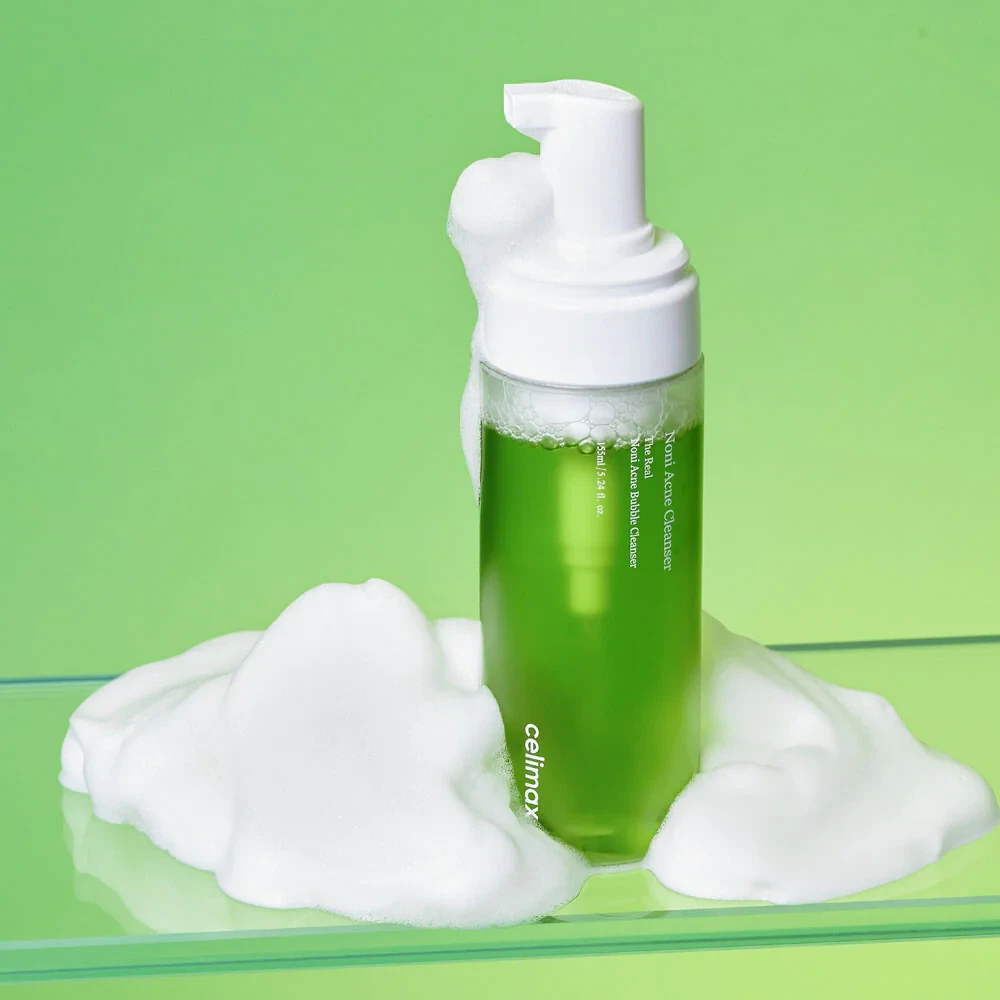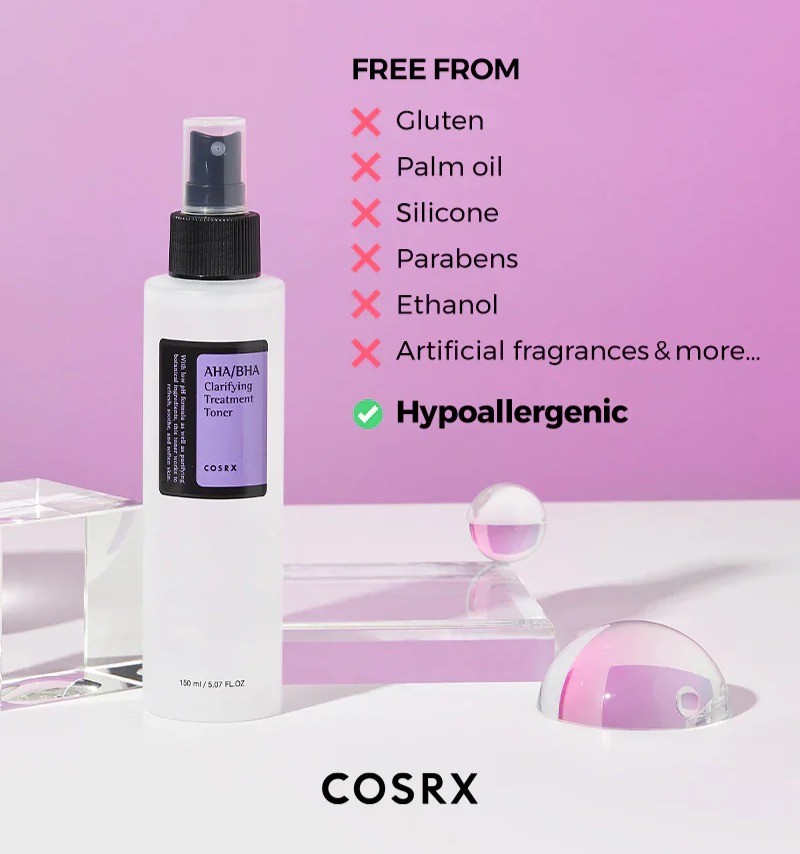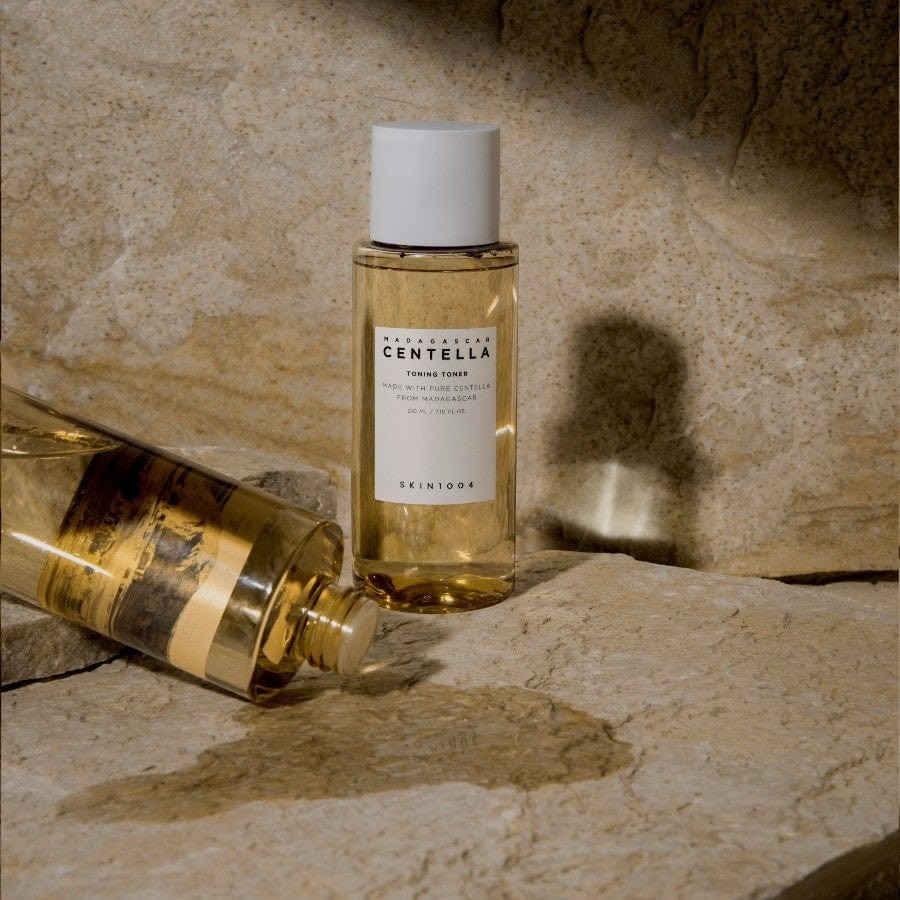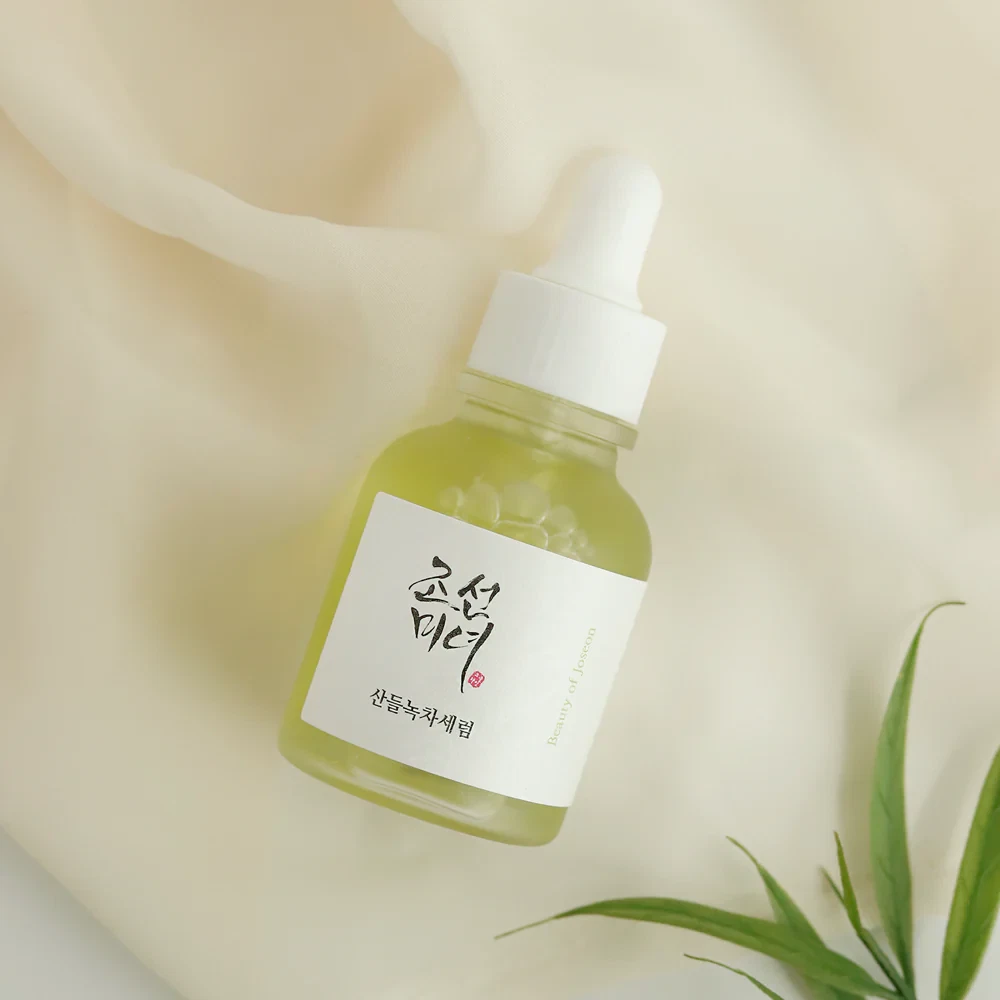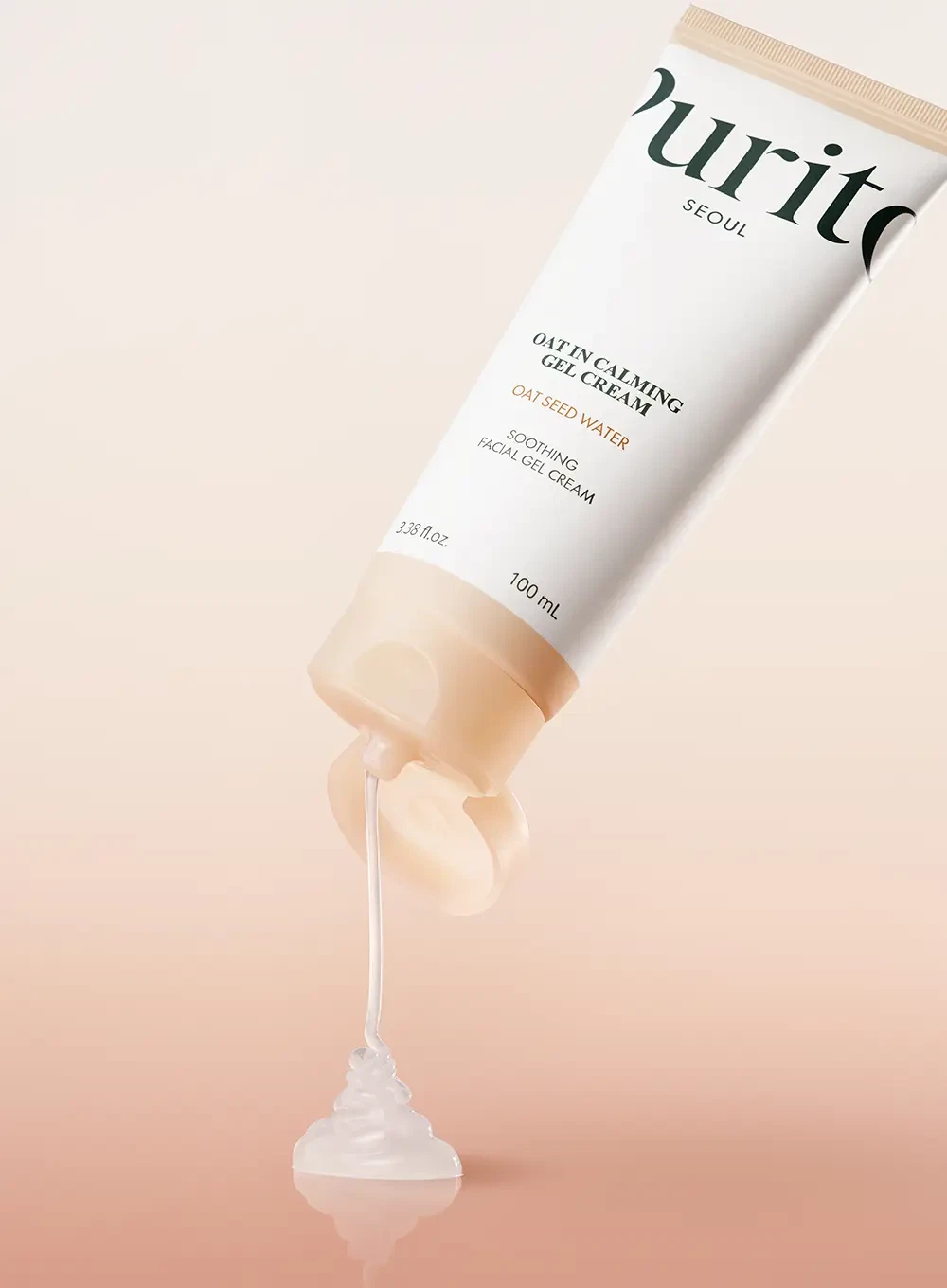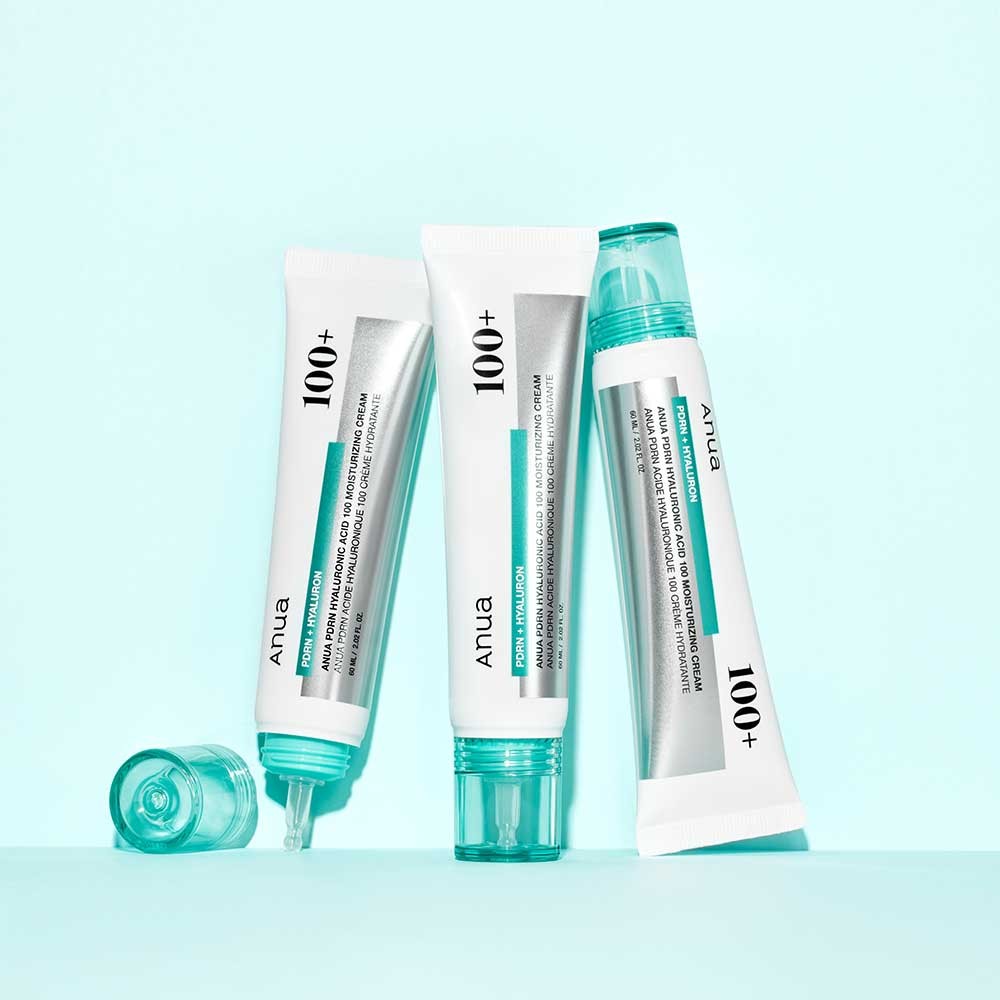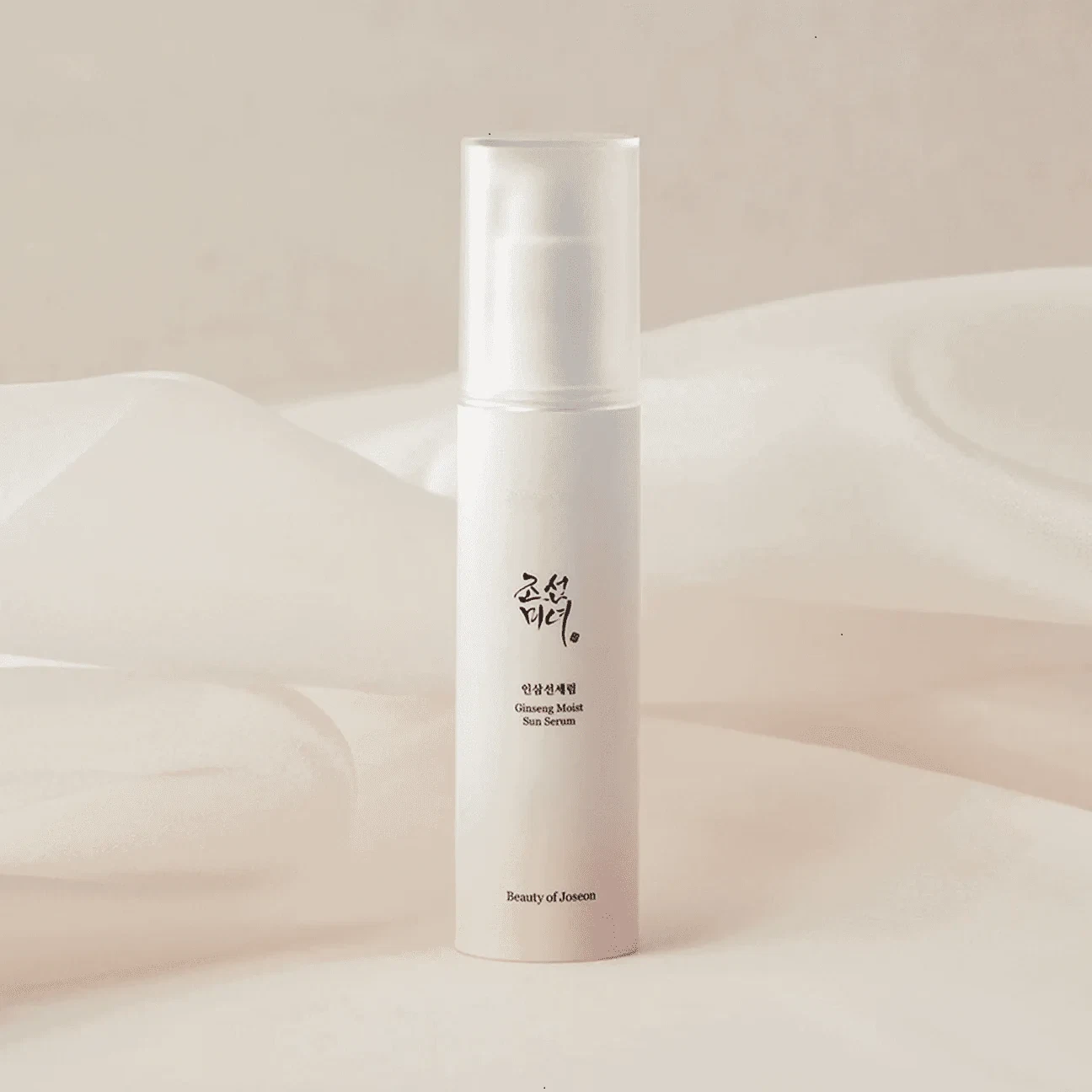
When Is Acne Actually Fungal Acne? How to Find Out and Manage FA
What is Fungal Acne (FA)?
Fungal acne (FA) is a frustrating skin condition that can take months to help clear. Clinically known as ‘malassezia folliculitis’ after the microbe that causes it and can take a very long time to clear. It can be highly frustrating and requires different techniques than your garden variety acne – and it’s important to avoid products that might make it worse.
What's the Difference Between Bacterial and Fungal Acne?
It appears very similarly (although the risks and diagnosis is different), it’s the same infection of pores but one is caused by the bacteria on our face (most commonly Cutibacterium acnes who loves eating oils and causing general mischief).
Fungal acne, however, commonly occurs when our natural skin barrier is compromised and our own bacteria can no longer protect us (think of harsh soaps, antibiotics or steroid use). It’s caused by Malassezia fungi, which are found in natural, humid environments and often naturally sit on our skin (typically not doing anything wrong). But, similar to bacteria, Malassezia loves oils and when it is hot out, we get sweaty or oily, they migrate into the follicles of our skin and trigger fungal acne.
It most commonly shows up as little red spots on our chest and back. It can also invade the forehead, chin and forms a bunch of little spots that are all identical. This makes it a key difference than bacterial acne, which can form a variety of lesions – fungal acne looks like a bunch of closed red dots, which can be itchy.
Why Does it Matter?
You might be thinking – ok. It’s two different microbes infecting the same part of our skin, causing irritation and comedones. Why do we care what is causing it. It’s important, because although standard acne can be treated fairly easily at home – fungal acne can be far more troublesome to clear.
You can try some home remedies to help clear it – but if you are noticing it worsen or persist at any moment, it’s important to check in with your GP or get a dermatologist referral to ensure you aren’t risking any permanent scarring or damage to your skin!
Who's At Risk For Fungal Acne?
Similarly with traditional acne, the people most at risk struggle with oily skin, often live in humid environments, live active lives (get sweaty) or struggle with blackheads, blocked pores. The main combination of concern is a moist environment, blocked pores and a compromised skin barrier.
- hot humid environment/tropical areas
- sweating a lot
- oily skin types
- immunocompromised individuals
- tight fitting clothes
- using heavy moisturizers or sunscreens that can block pores
If you have a combination of these risk factors and are struggling with uniform acne that is mainly on your chest, back, forehead and chin, that’s not responding to traditional acne treatment, there’s a chance it’s FA.
How Do You Treat Fungal Acne?
It’s important to maintain good hygiene and try to battle your environment. Especially if you live in a tropical, hot environment – it can absolutely be an uphill battle to maintain oily skin; so make sure you pick your routine with great care.
Cleanse More Often
Up your shower use, especially if you are struggling with acne across your body, it’s important to hop in the shower, ideally after sweating or if you’re noticing oil build-up. Make sure you have a good exfoliating sponge in the shower to give a once over and use an antifungal shampoo which contains zinc pyrithione or selenium sulfide (a great one is Head and Shoulders).
You can even use anti-fungal shampoos on your face and it’s honestly shown the best results to help reduce irritation and fungal growth.
The above treatments are great ways to help refresh the skin barrier, exfoliate and calm redness - although they can be strong for sensitive skin and typically only require use once a week.
Consider a good exfoliant (AHA, BHA, LHA), using clay masks in the evening for a short period (to draw out excess oils) and make sure you have a great cleanser on hand that is FA friendly. Adding green tea to your routine is also a great soothing ingredient.
It's also good to take a break from shaving and waxing in the area – as this can irritate follicles and make them more vulnerable to fungal infiltration. If you are struggling with itching or pain in the area, heat a face towel with warm water and gently rest on the area to soothe.
Keep Dry
Fungus loves moisture, so wear loose, airy clothing that lets your skin breathe and evaporate moisture. Similarly, on your face avoid heavy skincare products, especially long-term masks that trap in moisture or thick sunscreens that gives fungi maximum growth time.
Avoid FA Ingredients
As mentioned, there’s a variety of ingredients that fungi love to eat – so skincare products with these in it can actually worsen your condition. It’s important to review your products carefully and ensure you are considering safe practice.
Avoid:
- fatty acids (think coconut oil, olive oil, plant oils)
- fermented ingredients (fermented rice, soybean etc.)
- cholesterol, fatty acids, oleic acids
- silicones (can trap in moisture)
- fragrances (can irritate skin)
If you have been diagnosed with fungal acne or are suspicious of it, check all your skincare products against SkinSort or a similar resource to ensure all your ingredients are FA friendly and not at risk of exacerbating your acne.
Fungal-Acne Safe K-Beauty - Our Top Picks
It can be a daily struggle to find something that works for your skin – so we’ve done a little work for you! Read through our picks for the top products that can help cool your FA down, improve spots and help bring your skin back to balance. If you’re looking to add to your routine, always perform an ingredient check, start small and stop if anything irritates your skin barrier further.
HaruHaru Wonder Black Rice Moisture 5.5 Soft Cleansing Gel
As far as compromised skin goes, this gel cleanser is a boon for oily and combination skin. It can be drying for more dry, fragile skin – but if clearing oil is your game, Haruharu is with you! Free from common allergens, fragrance and oils, this cleanser is made from brightening rice extract, ginseng extract and hydrating beta-glucan to help deeply refresh pores and cleanse.
It’s great to start repairing your skin barrier, due to its gentle nature and low pH, but it also helps clear pores adequately to clear skin and leave feeling soft and refreshed.
Celimax Noni Acne Bubble Cleanser
For more dry or fragile skin, or just a gentler and refreshing cleanse – this bubble cleanser is peak of the pack. It has a base of noni extract (35%), which soothes inflammation and redness and also helps reduce fungi growth. This, combined with exfoliating salicylic acid, rosemary extract and green tea hits a bunch of goals in reducing irritation and both acne and fungi. Its lightweight bubbles are incredibly gentle and work hard not to strip and dry skin.
Cosrx AHA/BHA Clarifying Treatment Toner
For your toning needs, this Cosrx toner is ideal to help balance oily skin and gently exfoliate. It also is balanced with apple extract, allantoin and panthenol to help boost hydration without triggering acne. It’s a great, low irritation way to get AHA/BHA into your routine and enhances fading of acne blemishes for clearer, smoother skin.
Take care, however, not to double up too harshly on multiple AHA/BHA products - add them slowly to your routine and be careful not to irritate your skin barrier.
Skin1004 Madagascar Centella Toning Toner
If you’re looking for a more gentle, hydrating toner – it still exfoliates with PHA but with majority centella asciatica blended with niacinamide and hyaluronic acid, it deeply soothes and works to moisturize and even skin tone.
Anua Azelaic Acid 10 Hyaluron Redness Soothing Serum
Azelaic acid is a great refresher for both standard and fungal acne, due to its gentle exfoliating nature and ability to cool inflammation and redness. This has been a favourite for many due to its gentle and hydrating nature. Blended with panthenol, soothing green tea, aloe vera extract and centella asciatica – it’s a great serum to tackle a variety of acne problems, including dark spots, redness and irritation.
Beauty of Joseon Calming Serum: Green Tea + Panthenol
We mentioned green tea before as its great for fungal acne and this serum is no different. With the simple and meaningful formulation by Beauty of Joseon, this serum is one of the most popular anti-redness products on the market. With soothing panthenol, allantoin and perfectly calming mugwort – this serum helps cool skin, reduce acne and refresh general redness all whilst maintaining lasting hydration.
Purito Oat-In Calming Gel Cream
Moisturizing can be a challenge with fungal acne – as pretty much all the fatty acids that make moisturizers nourishing also nourishes fungi. That makes Purito’s gentle and lightweight oat formula all the better. It uses oat seed water to nourish dry and sensitive skin and refreshes with hydrating panthenol and squalene. It’s also free from essential oils and fragrances, making it a great option for damaged skin. It’s a lightweight, matte gel which is ideal for oily skin types or in warmer weather where you just need a balancing moisture.
Anua PDRN Hyaluronic Acid 100 Moisturizing Cream
If you are in need of a thicker, deeper hydration than a light gel, then Anua has your back with their PDRN Hyaluronic mixture. It contains hydrating glycerin, moisturizing collagen and multiple weights of hyaluronic acid to plump and refresh your skin barrier. For acne, it contains refreshing aloe extract, centella asciatica, brightening turmeric and refreshing eggplant extract. It provides more weight, without triggering fungal acne and if you are a dry skin type, it can be a soothing addition.
Beauty of Joseon Ginseng Sun Serum
For lightweight sun protection, the Beauty of Joseon Ginseng Sun Serum is a lightweight gel that absorbs quickly, leaves a gentle shine and hydrates and protects with powerful ginseng extract, melded with niacinamide, bitter orange extract and jasmine extract. If you are struggling to find a solid sun protection for fungal acne (as sunscreens are commonly too occlusive), this gel is an easy alternative that is refreshing and gives SPF+50 guard.
Fungal acne can be an absolute headache, but with an extra touch of care, some home techniques to ensure your skin is balanced and (if you have one) following a good dermatologist’s advice, it’s possible to get through. Remember to cleanse well, stay dry and make sure you keep traditional acne at bay too – whilst avoiding common triggers.
Shop Calming Skincare and perfect your routine with Arktastic! Shop now for authentic K-beauty sourced from Seoul, South Korea.
Looking for more tips on soothing skincare? Check out the refreshing benefits of Mugwort in skincare (and how it can help soothe your skin) or check out our Anua Azelaic Acid serum review (fungal acne safe!)
The Soothing Effect of Mugwort
Anua Azelaic Acid 10 Hyaluron Redness Soothing Serum Review
FAQs - Fungal Acne
What’s the difference between Fungal Acne and Bacterial Acne?
Both acne types are similar, except fungal acne can be more stubborn and harder to treat topically. Fungi grow in moisture and most commonly lead to body acne, with small red spots that look similar to each other and can grow on your chin and forehead. It’s important to be aware of fungal acne risks, as many skin products can make it worse and feed the fungi, leading to continued skin health stress and risk of scarring.
How do you treat fungal acne?
It’s important to check in with a dermatologist wherever possible, especially in acne that is worsening, spreading or causing distress as there’s a risk of permanent skin damage with untreated acne. It’s important to keep fungal acne dry, wear loose clothing, wash often with a gentle exfoliating sponge and use anti-fungal ingredients to cool irritation and reduce microbe load (such as a selenium sulfide shampoo).
Why are fungal safe acne products important?
Fungi are more similar to plants than bacteria. They take root deeply, are incredibly stubborn and thick and wearing it away can take a long time. Putting products on your face that contain simple sugars or fermented proteins gives it food to grow and it can quickly get out of control.
Even if you don’t have fungal acne, a lot of users have found that sticking to a fungal acne safe routine has reduced general skin irritation, reduced bumps on skin and leads to healthier and clearer skin. If you are struggling with your current routine – checking to see if some of your choices can be FA safe might help calm general acne and irritation by restricting pathogen access to sugars.






